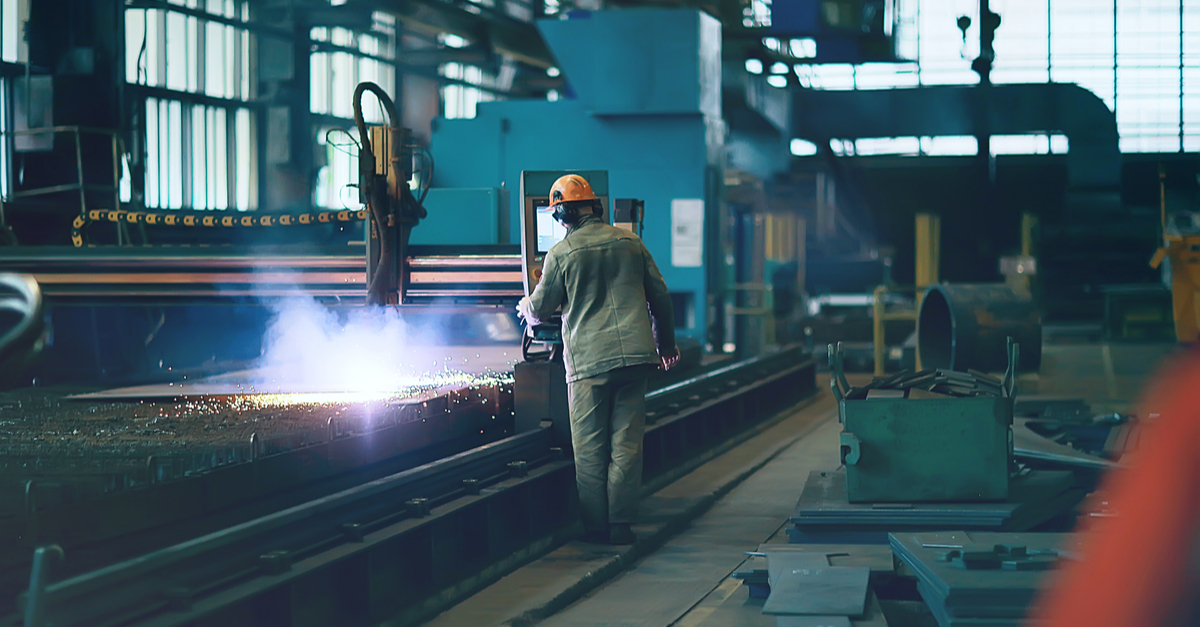
In the dynamic steel industry, adapting your sales strategy is crucial for maintaining a competitive edge. With shifting market demands, technological advancements, and global trends influencing consumer behavior, steel companies must evolve their sales approaches to seize emerging opportunities and stay ahead of the competition.
Understanding the Evolving Steel Market
To effectively adapt your sales strategy, it’s essential to understand the current state of the steel market. Recent trends include a shift towards sustainable practices, increased digitalization, and a focus on efficiency and cost-effectiveness. These changes are transforming production, distribution, and consumption of steel worldwide.
Identifying Key Challenges
- Market Volatility
- Fluctuating raw material prices and geopolitical factors impact market stability.
- Technological Disruption
- The adoption of AI, IoT, and automation is reshaping production processes.
- Changing Customer Expectations
- Rising demands for sustainability, product customization, and just-in-time delivery.
Adapting Your Sales Strategy
- Customer Segmentation
- Segment your market by industry verticals, geographic regions, and buyer personas to customize your approach.
- Digital Transformation
- Invest in CRM systems, predictive analytics, and online platforms to enhance customer engagement and sales forecasting.
- Value Proposition Enhancement
- Emphasize sustainability, product quality, and innovation to differentiate your offerings.
Implementation and Execution
Execution is key to translating strategy into results. Ensure alignment between sales, marketing, and production teams. Adopt agile methodologies to respond quickly to market changes and customer feedback.




